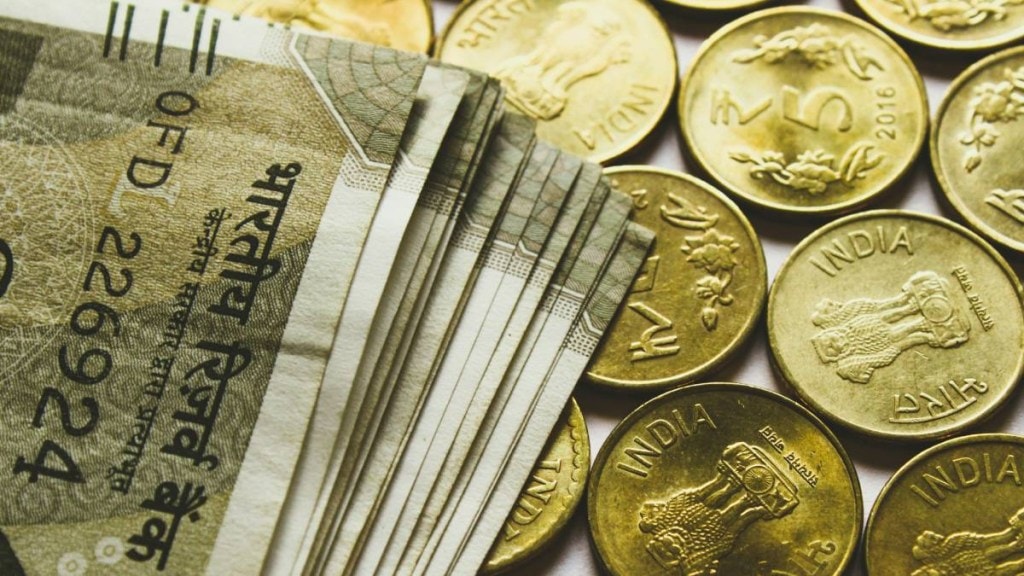The Centre’s fiscal deficit in the first eleven months of the current financial year stood at Rs 15 trillion, accounting for just 86.5% of the full-year’s revised estimate (RE). The deficit was reined in despite higher devolution of taxes to states in February, data released on Thursday by the finance ministry showed. In April-February FY23, the Centre’s fiscal deficit stood at 82.8% of the full year’s target, which was finally met.
The Centre has set the full-year’s fiscal deficit target for FY24 at Rs 17.3 trillion, or 5.8% of the gross domestic product (GDP), in the interim Budget tabled in Parliament on February 1, as against the budget estimate of 5.9%. With nominal GDP in the second advance estimate being slightly lower than the budgeted level, the deficit could inch closer to the BE.
The Centre’s capex in the first 11 months of the current year grew 36.5% on year to Rs 8.05 trillion, higher than 29% growth projected for the whole year. April-February capex stood at 84.8% of the RE.
The Centre devolved Rs 2.13 trillion to states as tax revenues in February, which is up 52% on year. The monthly transfers are the highest so far in the current fiscal. Cumulatively, the Centre has devolved Rs 10.3 trillion to states in April-February, 28% up on year.
The Centre’s total expenditure during April-February stood at Rs 37.4 trillion, 7.3% higher on year, while total receipts stood at Rs 22.5 trillion, up 10.1% on year.
Notably, total receipts were negative (- Rs 6,206 crore )during February, indicating higher devolution during the month. The Centre’s net tax receipts in February were at Rs (-)30,388 crore, and gross tax receipts were Rs 1.84 trillion.
Cumulatively, in April-February, the Centre’s gross tax revenue stood at Rs 28.9 trillion, accounting for 84.1% of the RE. Net tax revenue during the period stood at Rs 18.5 trillion, or 79.6% of the RE. In April-February FY23, net tax revenue accounted for 83% of the full year’s collection.
Also, the net tax receipts in the first eleven months have grown at 6.8% on year, which is much lower than 10.8% growth pegged in the RE. This means, net tax receipts may miss the FY24 target of the Centre.
However, in terms of gross tax mop-up, economists say the Centre needs to record an 8% growth in March to meet its gross tax revenue target of Rs 34.4 trillion, which seems achievable.
The Centre’s capital expenditure in April-February stood at Rs 8.05 trillion, accounting for 84.8% of the RE. In February, the centre incurred a capex of Rs 84,426 crore, which was 315.2% higher than a year ago. Experts, however, say the Centre may not meet the full year capex target.
“While the Rs. 1.4 trillion trillion left to be incurred in March to meet the full year target (Rs 9.5 trillion) for capex this fiscal is slightly lower than the Rs 1.5 trillion recorded in March FY23, this may be missed given the announcement of the model code of conduct during the month,” said Aditi Nayar, chief economist, Icra.
Madan Sabnavis, chief economist, Bank of Baroda said that the Centre is still around Rs 7.43 trillion short of the total expenditure target for FY24, which means that this amount would be spent in March.
“Major shortfalls are in Agriculture (Rs 20,668 crore), Rural (Rs 48,088 crore), Chemicals and fertilisers (Rs 16,150 crore), Roads (Rs 26,000 crore), and Consumer affairs (Rs 35,117 crore). There could be some savings here if these budgets are not exhausted,” said Sabnavis.

